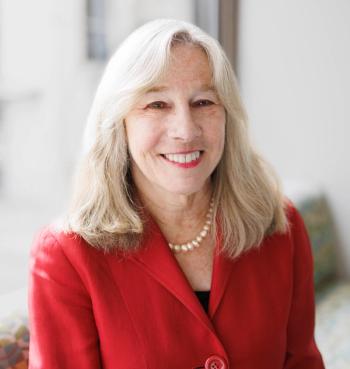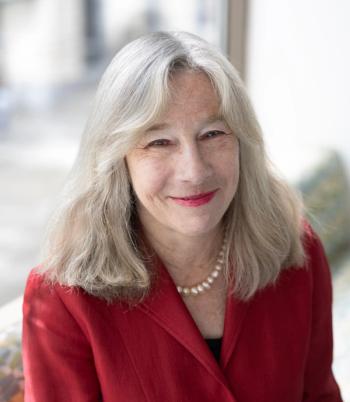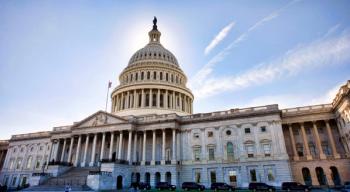
HHS, insurers gear up for ACA open enrollment
As many as 7 million new enrollees could sign up for health insurance during the Affordable Care Act’s second open enrollment cycle which begins November 15, according to the Congressional Budget Office (CBO).
As many as 7 million new enrollees could sign up for health insurance during the
Last year 8 million individuals signed up during the first open enrollment cycle, and 7.3 million paid their premiums. The CBO predicts that there may be as many as 25 million new enrollees through the federal marketplace by 2017.
Sylvia Burwell, secretary of the U.S. Department of Health and Human Services (
The aim is to make the healthcare.gov website more consumer friendly so that enrollment will be faster and easier. Most new customers will face only 16 screens when completing a basic application versus 76 from the last enrollment cycle, and they’ll be able to shop on a limited basis for insurance before signing up. HHS officials say the system can handle at least 125,000 simultaneous users. But searching for specific providers in plans does not yet work.
Attracting new enrollees might be a challenge, though. Many of the initial participants had pre-existing conditions or sufficiently low income to qualify for subsidies and were eager to sign up. Now it might be more difficult to bring in those who sat out last year’s sign-up period. But the program’s success has attracted more insurers, with HHS anticipating a 25% increase in firms offering coverage through the federal marketplace this year. The increased competition could limit premium hikes, but the range of options and rates will vary greatly from state to state.
An important issue for industry is whether the improved system will be able to transfer enrollment information to insurers, a shortcoming that took months to fix. Work on the program’s back-end may not be finished until early next year, creating uncertainty about just when plans will be able to obtain updated data on beneficiary income and appropriate subsidies.
Retaining is key
To reach even unofficial enrollment goals, the program needs to retain those who signed up during the initial open enrollment cycle, which ran through March 2014. Insurers have sent out renewal notices with 2015 premium information, and returning plan members who take no action will be automatically renewed as of January 1.
However, it’s not clear what beneficiaries should do if a plan has changed or is no longer the best deal for the individual in terms of costs, provider networks and drug coverage. HHS is encouraging enrollees to revisit the marketplace to make sure their personal information is correct so they get the right subsidy. But accessing current coverage information requires a 14-digit identity code, which many consumers may not know. Returning users will not be able to use the revised application process to make changes in coverage. And some 6 million beneficiaries with subsidized coverage may not realize there are changes.
An added problem for insurers is that current beneficiaries have until February 15 to change coverage, which means it will be uncertain just who is staying in a plan until the end of the sign-up period.
Newsletter
Get the latest industry news, event updates, and more from Managed healthcare Executive.






















































